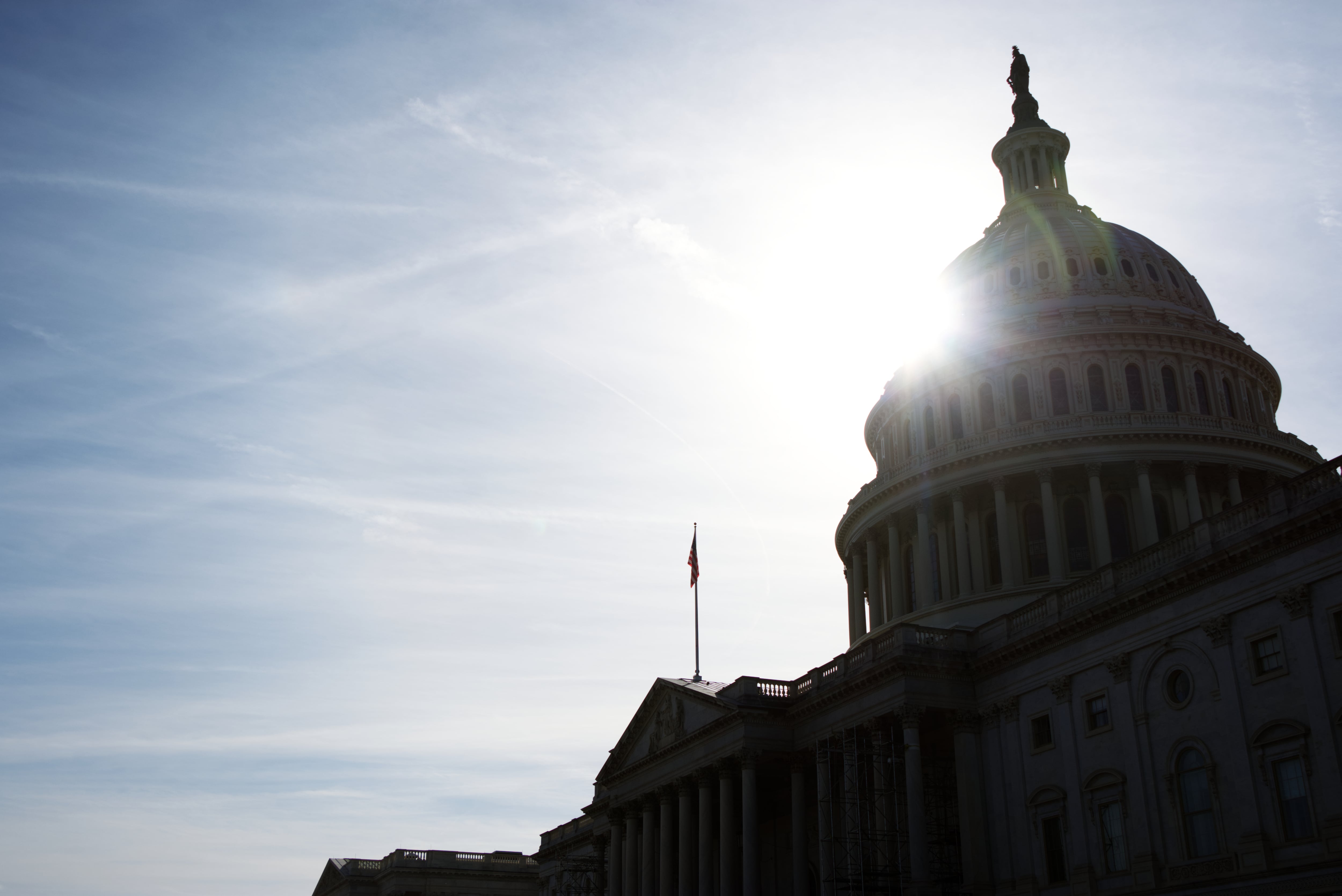The government’s archivists are not doing enough to safeguard and preserve essential and important federal records among agencies, according to a watchdog report released June 26.
And one of the explanations given by the National Archives and Records Administration for its poor performance? It can’t quite figure out how many federal agencies actually exist to monitor.
Though NARA has made progress in addressing weaknesses and modernizing its electronic records management activities, “permanent electronic records are still at a significant risk of loss and destruction,” according to the report from the NARA inspector general.
The IG found that NARA has not identified all federal agencies subject to the Federal Records Act, resulting in the NARA having “limited assurance all federal electronic records of historical or other value are preserved as required.”
The report attributed NARA’s inability to identify “possible gaps in permanent electronic records schedule accessions” to not effectively exercising their oversight authority.
The report also noted that NARA was not exercising established controls, the agency’s best practices were not being codified and there was inadequate strategic planning for NARA’s inspections of other agencies’ record management.
NARA’s challenges managing its electronic records could prove problematic for larger Trump administration policy goals, as the White House has set a Dec. 31, 2022, deadline for agencies to make all of their submissions to NARA electronic, rather than physical.
The IG acknowledged that it is difficult for NARA to know how many agencies are subject to the FRA because “it has been widely reported that no federal entity knows how many federal agencies exist” and there is confusion over the issue.
For example, Forbes reported in July 2017 that FOIA.gov lists 78 independent executive agencies and 174 components of the executive department, while the United States Government Manual lists 96 independent executive units and 220 components.
A couple more examples from the report: USA.gov lists 137 independent executive agencies and 268 units in the Cabinet. In fiscal 2018, “The Best Places to Work in the Federal Government” ranks a total of 488 agencies and subcomponents and the Federal Register reports there are at least 441 federal agencies.
NARA officials explained that no agency has primary responsibility for maintaining such a list, and the IG agreed that there is no single authoritative source listing all federal agencies.
However, the IG stated that “if NARA is not proactive in leading the effort to identify all federal agencies subject to the FRA, it will be unable to fulfill its core mission as the nation’s records keeper and to make access happen by delivering increased volumes of electronic records to the American people.”
Among the recommendations made to NARA leadership were:
- Report the electronic records management deficiencies as “material weaknesses”;
- Create an authoritative list of federal agencies, include all agencies subject to records management legislation in the annual Records Management Self-Assessment survey;
- Complete the validation and data entry into the electronic records archives;
- Implement a plan to update the Comprehensive Accounting of Scheduled Permanent Electronic Records;
- Review whether current technology is sufficient for identifying gaps in the electronic records and request more funding for another solution if necessary;
- Update internal controls for reaching out to agencies with overdue records;
- Codify how often agencies are required to review record schedules;
- Contact agencies using outdated schedules and require them to be reviewed; and
- Develop a strategy to ensure that annual inspection results are used to successfully prevent risks to electronic records management.
Archivist of the United States David S. Ferrerio concurred with recommendations in a June 11 letter to the IG.





